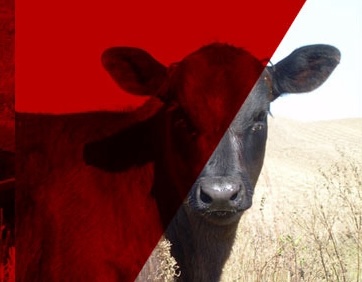The cool spring followed by a quick warm up could make for the perfect storm. Grass tetany usually occurs in the spring when cool weather is followed by a warm period. It is typically seen in early lactation cows grazing cool-season grasses during cool, cloudy, and rainy weather.
If you have not started a high magnesium (Mg) minerals yet do so now. We typically suggest starting to feeding 10 to 20 grams per day of supplemental Mg about 30 days before turn out. A four ounce a day intake mineral with 12% to 15% Mg will do the trick. Magnesium oxide, which is fed to cattle to manage against grass tetany, is not very palatable. Commercial high Mg minerals often have something in the mix to improve palatability.
If you make your own mineral, then you may need to add something that will help increase palatability. One to two pounds of distillers grains or soybean meal per 50 pounds of salt-based mineral mix may be needed, so pay attention to intake and adjust accordingly.
Grass tetany, typically occurs in beef cows during early lactation and is more prevalent in older cows. The reason is thought to be that older cows are less able to mobilize Mg reserves from the bones than younger cows. Symptoms include incoordination, salivation, excitability (aggressive behavior towards humans) and, in final stages, tetany, convulsions and death. So don't overlook the importance of providing supplemental Mg.
For more info on grass tetany prevention see: https://beef.unl.edu/grasstetany-mineral
For more info on mineral supplementation programs see: http://www.rangebeefcow.com/2017/documents/Proceedings-2017/02-proceedings-drewnoski.pdf
